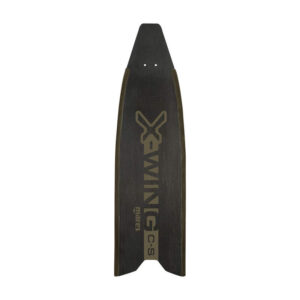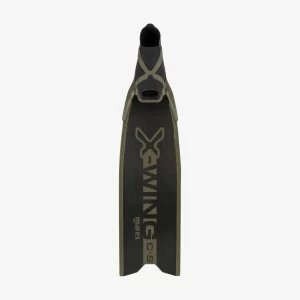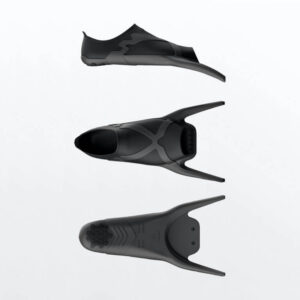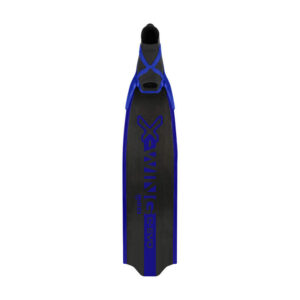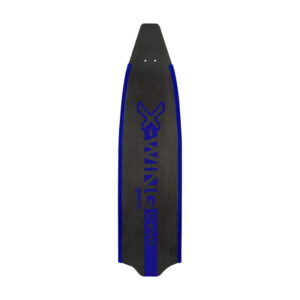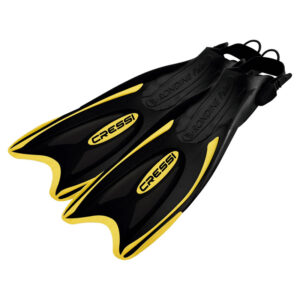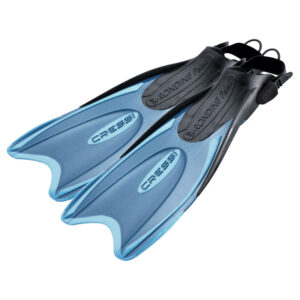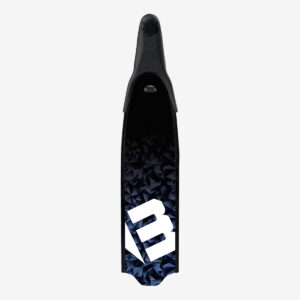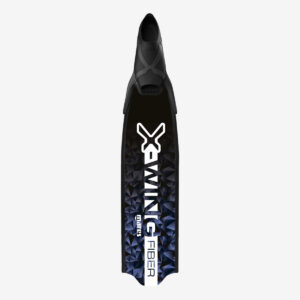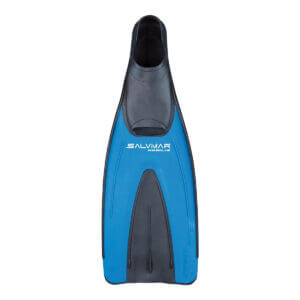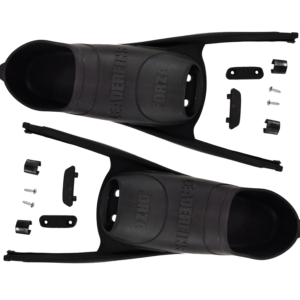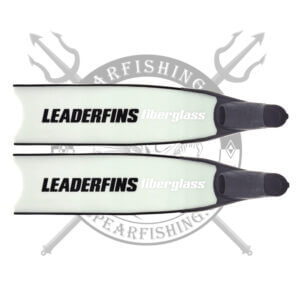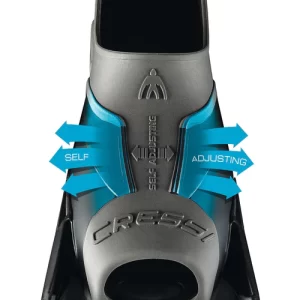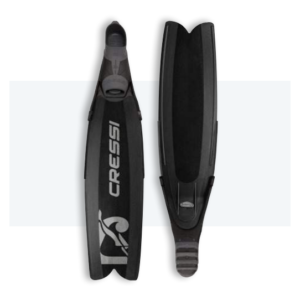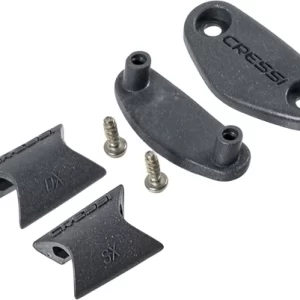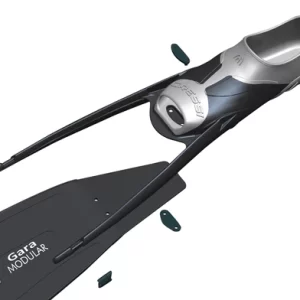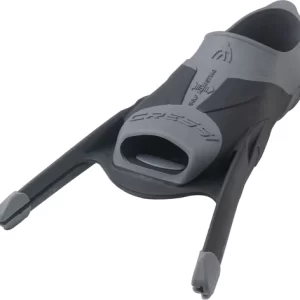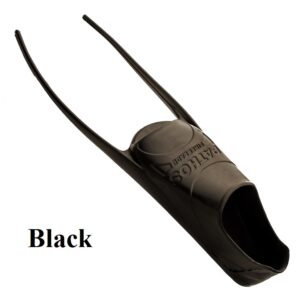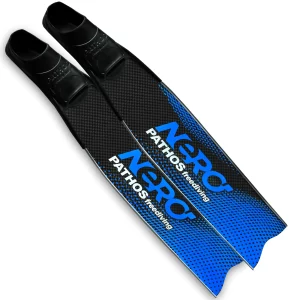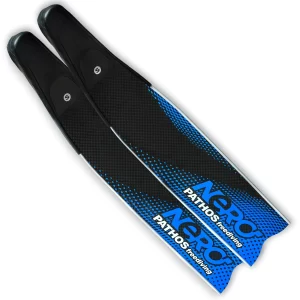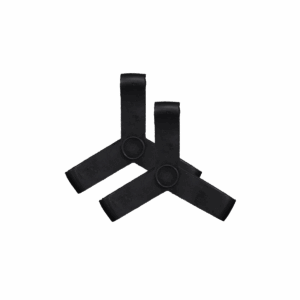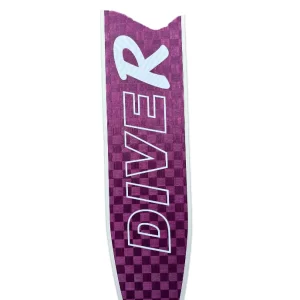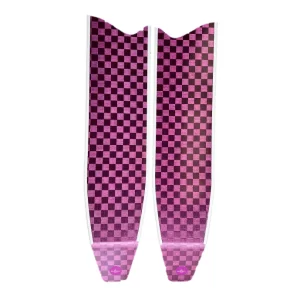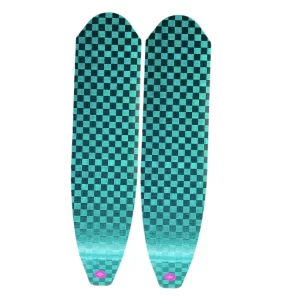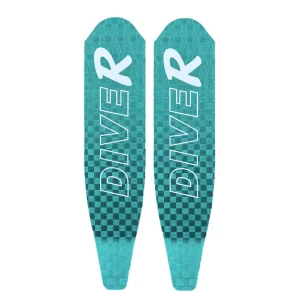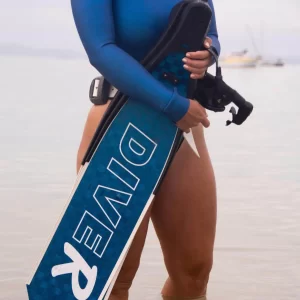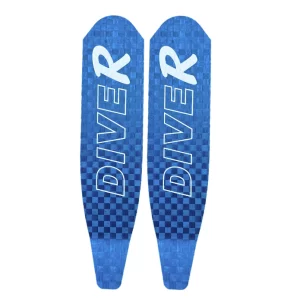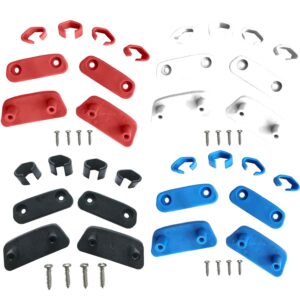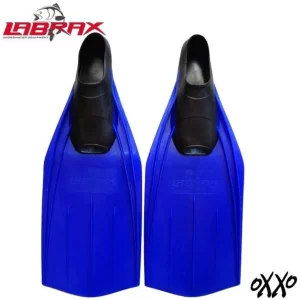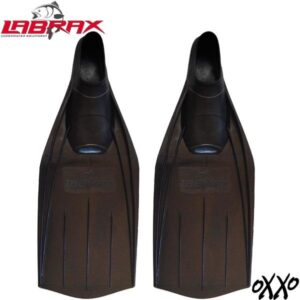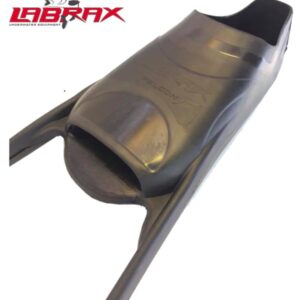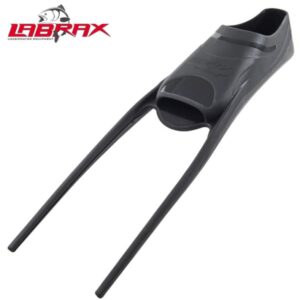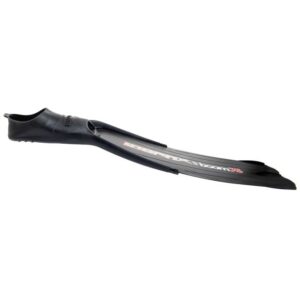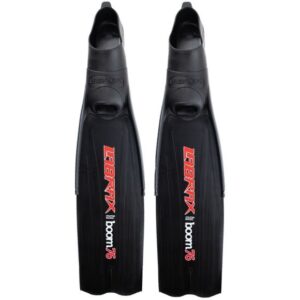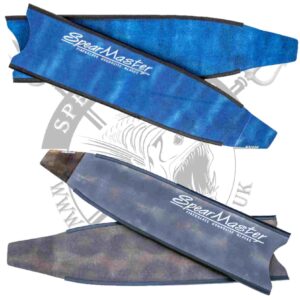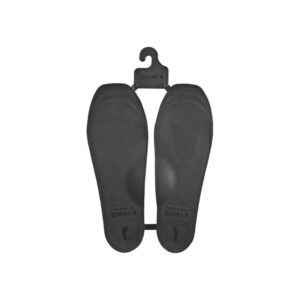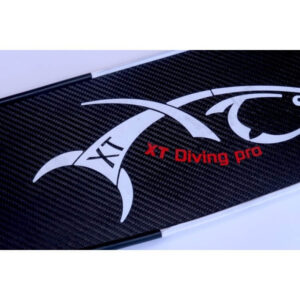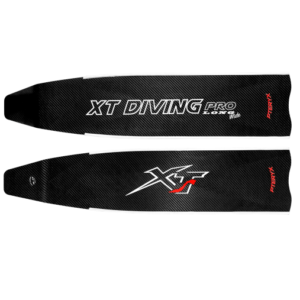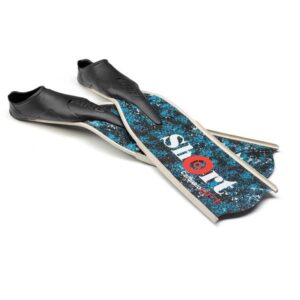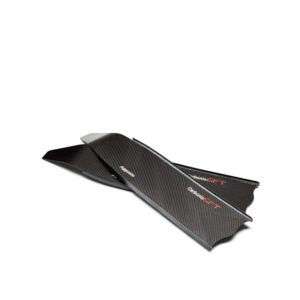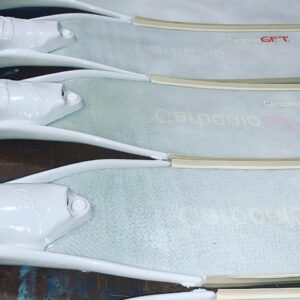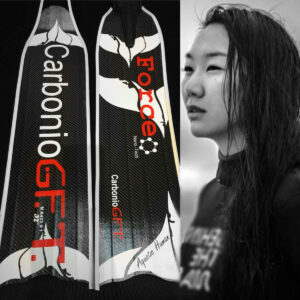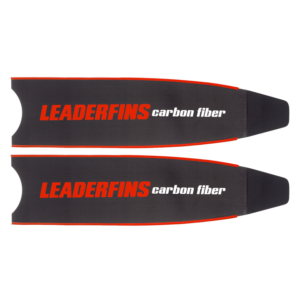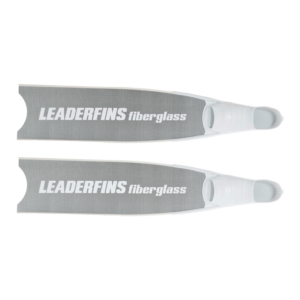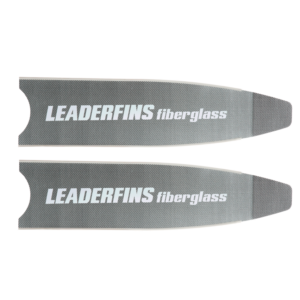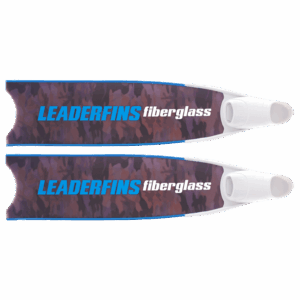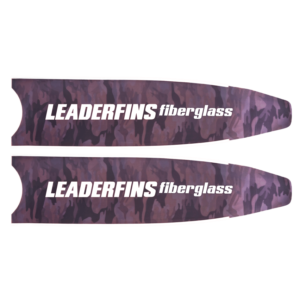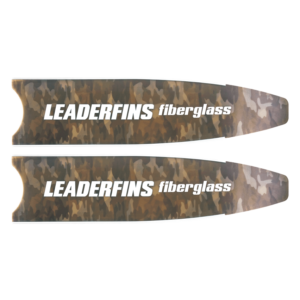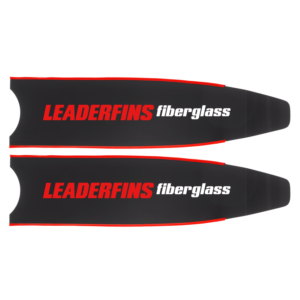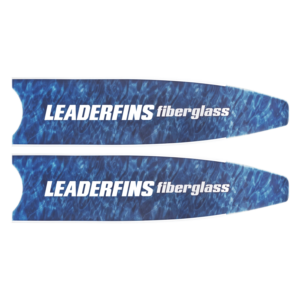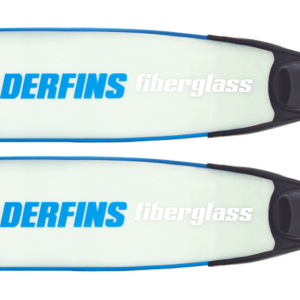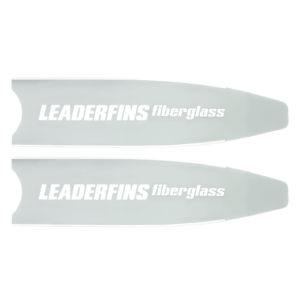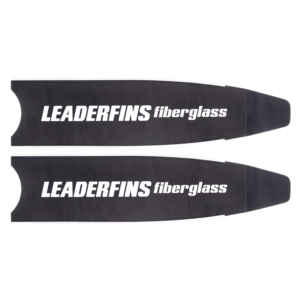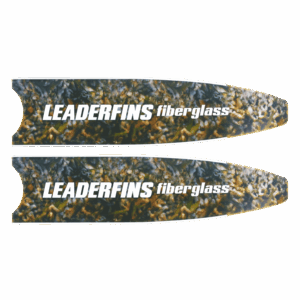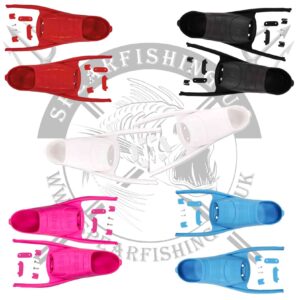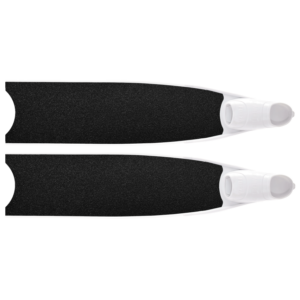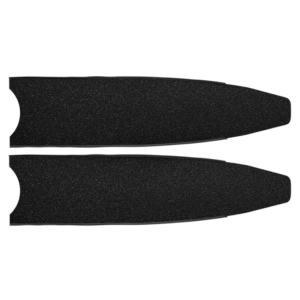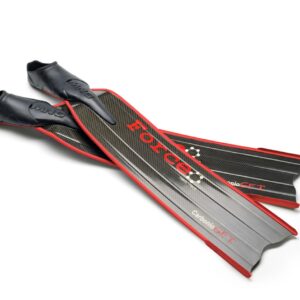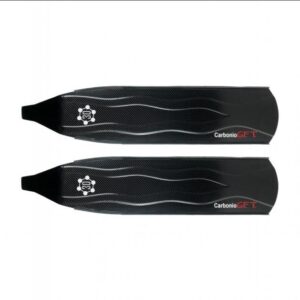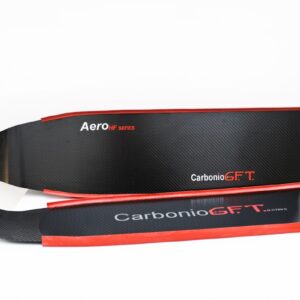Spearfishing Fins
With such an array of spearfishing fins on the market it’s hard to know where to get started, the prices vary dramatically so is there really a big difference between them all?
If you’re trying to figure out the best fins for you and your budget but are struggling to cut through all the marketing bumf, then checkout the guide below at the bottom of the page. Give us a few minutes of your time and you’ll be a spearfishing fin guru in no time! Click here to read our latest guide for 2024
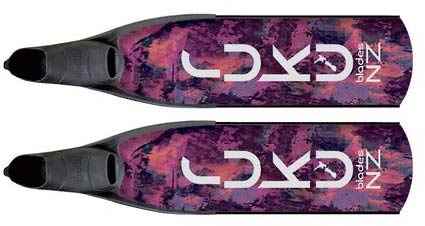
Showing 1–48 of 187 resultsSorted by latest
Scuba fins:
These are the most accessible fins to most people but be careful, they can be dangerous if used for spearfishing. The problem is that the blades are incredibly ridged as they are designed for a different purpose. The problem is that when they are used in freediving, they can cause horrific cramp in the calf as well and general pain in the ankle. I learnt this first hand after some poor initial advice back in the day. The danger comes from having two cramped legs and being stuck in a spring tide, you’re essentially immobilised. We would highly recommend the cheapest apnea fins you can find on the internet over using a set of scuba fins.
Entry level plastic spearfishing fins:
An absolutely great starting point. Normally priced at under £70 and a fantastic purchase from most brands. The freediving or spearfishing fin (term largely interchangeable) is much longer than a scuba fin and by comparison, much softer. Unlike the scuba fin, they are designed to burn as little of your energy as possible while giving you the best return for that energy spent. This is important because burning energy reduces you breath hold dramatically. They are easy on the ankle and the blades arch through the water, powering back on themselves to give you that thrust. They are just as effective powering you across the surface as they are returning you to it from a deep dive.
We’ve personally pulled up fish from 20m using the Rob Allen plastic Scorpia fins when testing them for use in our courses. You can view these in the shop above.
Most plastic fins are suitable for taking you down and up from 10 – 15m but beyond that you want to be looking at some upgraded materials.
Carbon spearfishing fins:
Welcome to the Aston Martin of blade material. Carbons are lighter than plastic but most importantly offer you a far superior return for your spent energy. They will get you further and deeper with less energy than their plastic counterparts. You can also choose between soft, medium and hard levels of blade stiffness depending on your body weight and average diving depths. The deeper you like to go, the firmer the blade we recommend.
This is because the deeper you go, the harder it is to return to the surface. People diving beyond 30m have to bottom turn and then kick several times just to stop themselves sinking further, then the hard work of fining up begins.
Most people hunting up to 20m use a medium firmness, beyond that they are mostly on firms. Of course you also need to take into consideration your overall body weight. Soft fins on a heavy frame will just buckle fruitlessly in the water. Likewise, form fins on a light individual will result in cramps and ankle pain like the scuba fins.
Not all carbons are equal by a long shot:
Carbons strength (among other factors) come from the tightness of the weave when it’s being manufactured. The tighter the weave means the stronger the carbon. Obviously this also means it’s more expensive to manufacture. When you see cheap carbon fins for sale you really need to question this ethos. Low strength blades will not last you, it’s simply a fact. We have run trips when people have been sporting their new bargain, ultra-cool, camo’ed carbon fins and they haven’t lasted a week, you really do get what you pay for.
A good set of carbon fins should easily last you over 5 season despite the abuse they get from being left in the sun, thrown in kit bags and kicked around the boat. So while you pay more from the onset, you save during the seasons to come.
Composite / Fiberglass spearfishing fins:
Again these sit at the premium end of the fin spectrum and share most of the same characteristics as the carbons above. The material itself can vary dramatically however a good pair of fibreglass fins are very hard to beat. Take the RUKU blades for example. Up till 2018 they were used by the freediving world record holder. They also have the added benefit of being more durable in comparison to carbon and normally come in at a slightly cheaper pricing point.
Spearfishing fins verses freediving fins:
Generally speaking the terms ‘spearfishing fins’ and ‘freedive fins’ are interchangeable, i.e. they both mean the same thing – however there are actually some sport specific differences (but not much lol). A purist spearfishing blade tends to be a few centimetres wider than a purist freedive blade. The reason for this is that it gives you a bit more power and more importantly ‘stability’ when fighting your fish, either underwater or from the surface. Obviously freedivers don’t have this concern so a slightly narrower outline is suitable. The Spierre fins in the shop are a good example of a purist spearfishing fin with these qualities.

